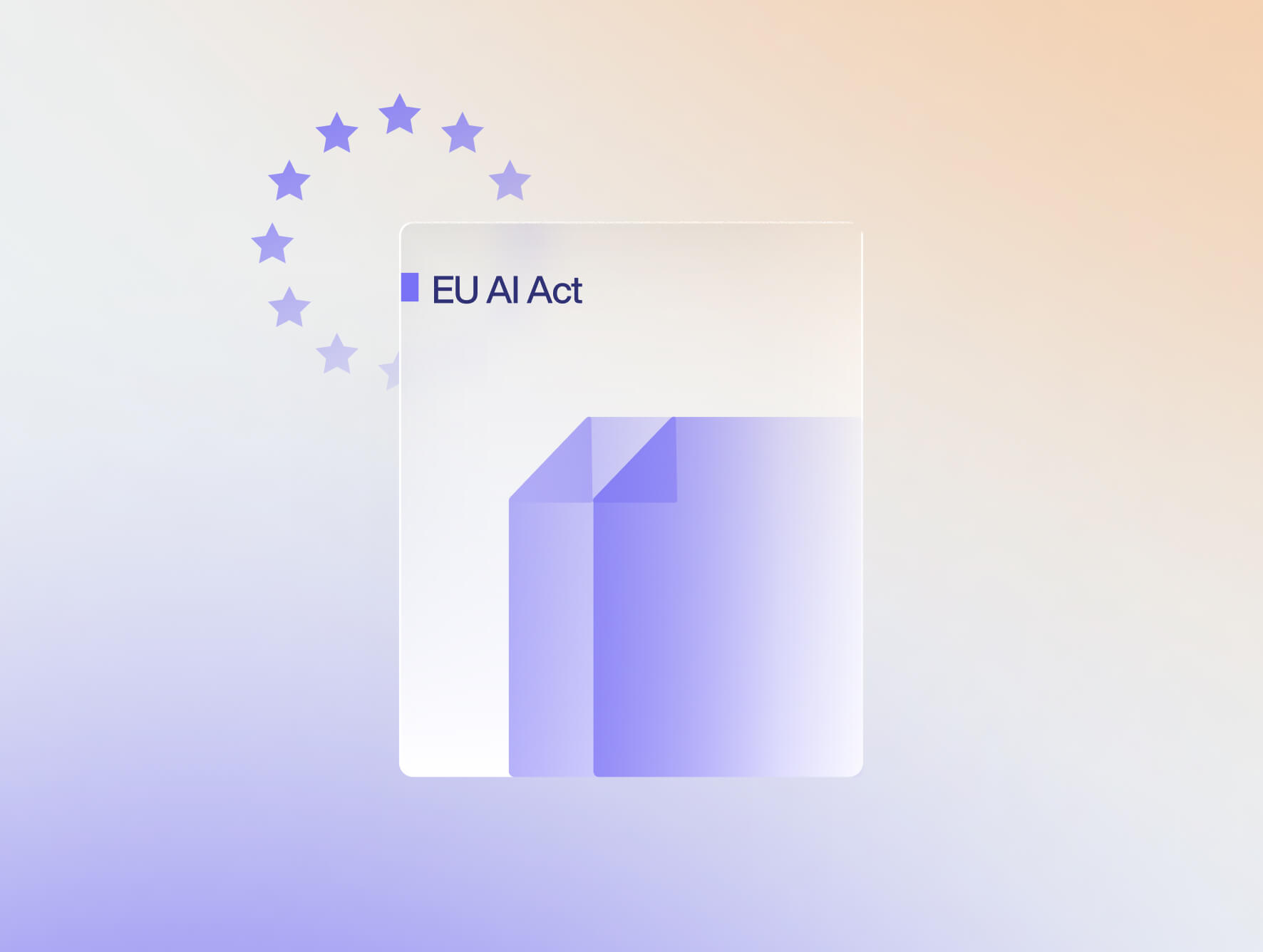Dec. 4, 2025 Update: Germany’s Cabinet is scheduled to vote on approving the Commission’s implementation plan by the end of February 2026. Following cabinet approval, the legislation will still require approval from the ‘Bundesrat.’
Germany is one step closer to transposing the EU Pay Transparency Directive (EUPTD) into national law. The country’s “Commission on the Low-Bureaucracy Implementation of the Pay Transparency Directive” released its final report Oct. 24, 2025, which outlines its recommendation for how the EUPTD should be implemented.
The Commission’s recommendations balance regulatory compliance with administrative practicality — signaling an employer-friendly approach designed to encourage participation and streamline compliance.
Key Recommendations from the Commission
Reporting Obligations
- Reporting will apply to companies with 100 or more employees, aligning with EUPTD thresholds.
- Reports must be based on actual remuneration paid, including cash and in-kind compensation.
- The Commission recommends excluding pay components not linked to work performed in the reporting period (e.g. severance payments) and discussed excluding minor benefits in kind. These may diverge from the Directive’s full-scope definition of “pay.”
- Employers can submit reports digitally in text form, not limited to paper submission.
Simplified Procedures for Certain Employers
- Companies covered by collective agreements could receive extended deadlines or simplified processes. This is directly at odds with the Directive, so it’s worth monitoring if this will be implemented.
- The Commission also recommends harmonizing pay transparency reporting with CSRD sustainability reporting to reduce duplicate reporting burdens.
Remediation and Timeframes
- The Commission discussed various proposals for remediation timeframes, including suggesting a two-stage procedure in which the employer would be required to inform and consult the employee representatives in a timely manner (e.g. within six weeks), and then come to an agreement on a specific “roadmap” with deadlines, depending on the complexity of the necessary steps.
- Works councils must be involved, but the process does not create a new obligation to form employee representation bodies.
- The report calls for training initiatives for works councils to ensure effective participation in pay equity processes.
Right to Information
- Employees may request pay information annually, including average remuneration for comparable roles, broken down by gender.
- Employers may provide this digitally, though processes must remain accessible and barrier-free under the Directive.
Administrative and Data Protections
- The Federal Ministry for Family Affairs, Senior Citizens, Women and Youth (BMFSFJ) is advised to develop standardized online forms and free tools for smaller companies.
- Strict data protection and confidentiality measures are emphasized to ensure GDPR compliance.
Analysis: A Pragmatic, Employer-Friendly Path
From Trusaic’s perspective and our German-based partners at gradar, Germany’s commission is clearly pursuing an employer-friendly path toward EUPTD compliance — balancing transparency goals with operational feasibility.
By streamlining digital reporting, reducing redundancies with sustainability disclosures, and supporting smaller enterprises, Germany aims to create a compliance environment that is efficient and technology-driven.
However, some areas — particularly the proposed exclusions for certain pay components and leniencies for collectively bargained employers — may attract scrutiny from the European Commission, given their potential deviation from the Directive’s full scope.
The Federal Ministry (BMFSFJ) is now expected to draft and publish the Pay Transparency Act 2026 in January, incorporating the Commission’s recommendations.
Employers operating in Germany should prepare accordingly.
How Trusaic Can Help
At Trusaic, we provide employers in Germany and across the EU with solutions to comply confidently with the Directive.
Our Pay Equity Software Suite enables compliant pay systems, ensures gender-neutral job evaluations, and automates complex reporting obligations to keep you one step ahead of EU pay transparency enforcement.
- PayParity® analyzes your rewards data (compensation/benefits in kind) and quickly identifies inequities to determine if your adjusted gender pay gap is above 5%. It enables you to easily comply with Article 7 (right to information) and Article 6 requirements (pay setting and progression policy).
- Our Remediation Optimization Spend Agent (R.O.S.A.) works as PayParity’s AI remediation partner to find the most cost-effective way to close nominal pay gaps above 5% to ensure compliance.
- Salary Range Finder ensures equitable pay at the point of hire to prevent your pay gap from rising above 5% and enables you to easily comply with the Directive’s salary range disclosure and salary history ban requirements.
- Pay Decisions: Generate fair, competitive offers instantly from Workday.
- Regulatory Pay Transparency Reporting™ captures your pay equity findings and generates compliant, one-click reports across all EU jurisdictions.
- Our Pay Transparency Agent answers all your pay transparency reporting questions instantly.
- Our Communications Agent crafts perfect contextual narratives in any EU language to support your annual pay reports.
Trusaic is GDPR compliant and can assist any organization in any EU state in meeting its obligations under both the EU Corporate Sustainability Reporting Directive and the EU Pay Transparency Directive.
Visit our always updated Member State Transposition Monitor to stay on top of the latest EU Pay Transparency Directive developments.









